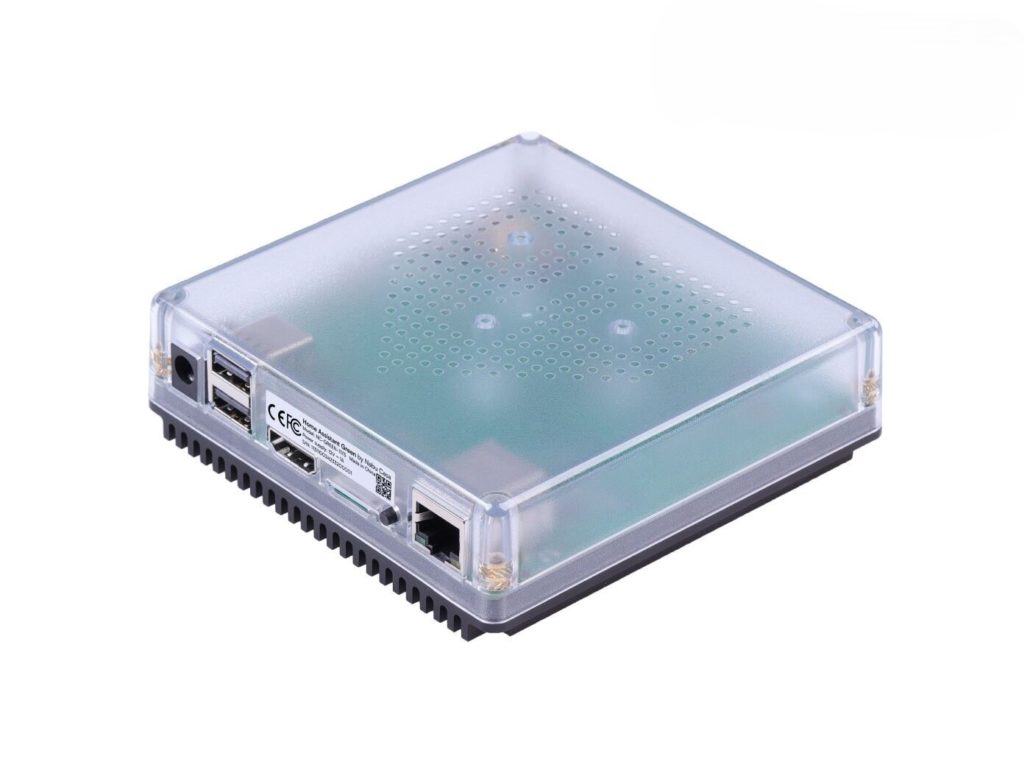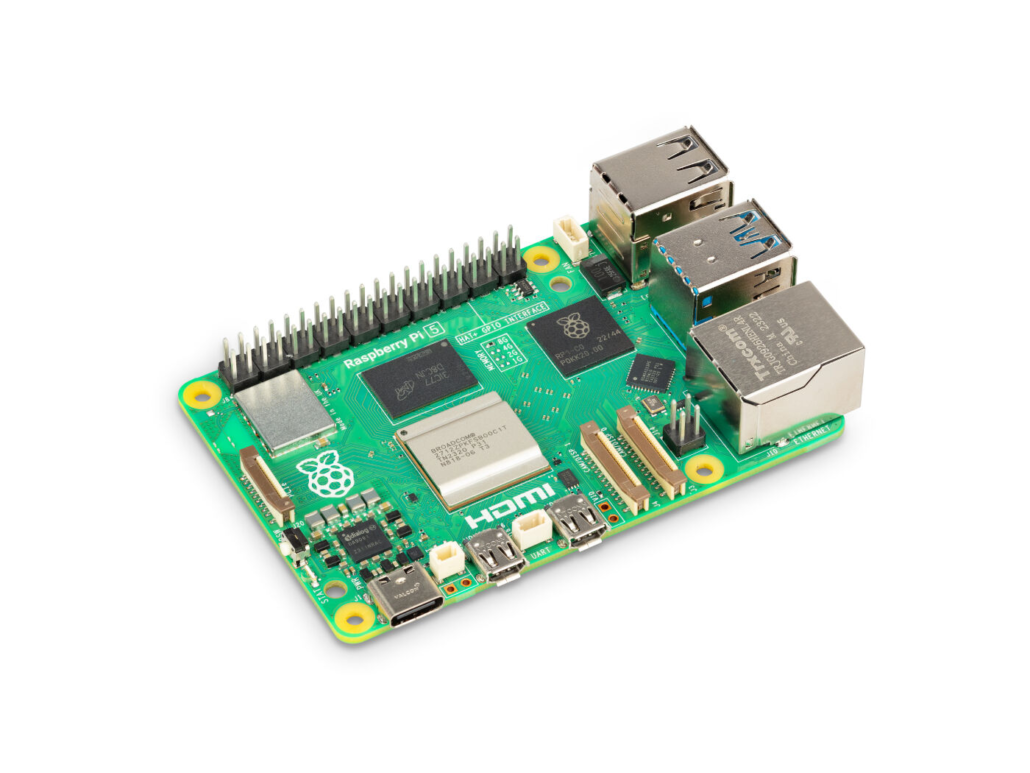Home Assistant Green vs Raspberry Pi, Which One Should You Buy for Home Assistant?
By Liyan Gong 7 months agoAs smart home automation continues to grow in popularity, choosing the right hardware to run Home Assistant is crucial. Many people are curious about Home Assistant Green or Raspberry Pi, here’s a quick recommendation based on your needs:
- Choose Home Assistant Green if you prioritize a quick, stable, and straightforward smart home setup with minimal maintenance.
- Choose Raspberry Pi if you prefer to customize your system, enjoy optimizing performance, and are looking for a cost-effective, versatile platform.
Now, let’s dive into the detailed comparison to help you make an informed decision.
Home Assistant Green

Home Assistant Green is tailored for users looking for an affordable, entry-level option. It balances cost and performance, making it a great home assistant hardware choice for beginners while still offering sufficient power for most home automation needs.
Key Features
- Ready-to-Use Home Assistant Device: Just connect the power and network cables, and you’re ready to go. The mobile apps make the setup process smooth and easy, enhancing your smart home experience.
- Data Localization: Keep your data private with exclusive control and local storage enabled by default.
- Continuous Improvement Through Open Source: Enjoy monthly updates with new features and enhancements, thanks to the active open-source developer community.
Use Cases
- Smart Home Control
- Home Security
- Home Automation Tasks
- Energy Management
Pros
- Low entry barrier, ideal for beginners
- Compact design, easily integrates into home environments
- Affordable
Cons
- Expansion requires external devices (e.g., Zigbee or Z-Wave support, you can add support for Zigbee 3.0 and Matter by purchasing the Connect ZBT-1 USB Stick ).
Summary
Just connect the power and network cables, and you’ll be up and running in no time. The device automatically updates to the latest version of Home Assistant, and the mobile apps provide a smooth setup experience. Priced at an affordable $99, it’s now available through official Home Assistant resellers.
Your data remains private and secure, accessible only to you. With support from one of the world’s largest open-source developer communities, Home Assistant continually adds new features and improvements, ensuring your smart home stays reliable and up-to-date.
Raspberry Pi

Raspberry Pi is a versatile microcomputer platform, beloved by tech enthusiasts for its flexibility and customization options. It can run Home Assistant and handle complex automation tasks.
Key Features
- High Customizability: Choose your operating system, install various software packages, and use it for projects beyond smart home control.
- Strong Community Support: Raspberry Pi has a large global user community that offers extensive tutorials and support resources, helping you tackle any challenges.
- High Expandability: You can enhance storage performance with an SSD or extend system functionality with external modules.
Use Cases
- Custom Smart Home Systems
- Education and Learning Platforms
- Embedded Systems Development
Pros
- Affordable, great for budget-conscious users
- Highly customizable, perfect for tech enthusiasts
- Enhances reliability and performance by adding an SSD
Cons
- More complex setup, requires more time and technical skills
- SD cards are prone to failure; long-term use requires SSD for stability
Summary
Raspberry Pi is a highly flexible microcomputer platform suitable for those who enjoy DIY and technical customization. While the initial setup may require more time and technical knowledge, its affordability and expandability make it an ideal choice for smart home projects. By adding an SSD, you can further enhance its performance and reliability, ensuring the system performs well over the long term. You can now purchase the Raspberry Pi 5 8GB from Seeed for $80.
Comparison Summary
| Feature | Home Assistant Green | Raspberry Pi |
| Ease of Setup | Plug-and-play, ideal for beginners | Requires more time and technical setup |
| Price | Higher initial cost | More budget-friendly |
| Performance & Stability | Optimized for stable operation | Requires additional enhancements (e.g., SSD) for reliability |
| Zigbee & Z-Wave Support | External device required (e.g., Connect ZBT-1 for Zigbee 3.0 and Matter) | External device required |
| Expandability | Firmware updates for functionality | Highly expandable |
| Recommended For | Users seeking simplicity and stability | Tech enthusiasts who enjoy customization |
Conclusion: Which One Should You Buy?
Deciding between Home Assistant Green and Raspberry Pi depends on your needs, budget, and technical expertise. Here is a more detailed recommendation for each device:
Home Assistant Green
If you are a newcomer to smart home systems or want a quick setup and ready-to-use solution, Home Assistant Green is an excellent choice. Its user-friendly design allows you to start controlling your smart home devices without the need for extensive configuration. The device is constantly updated with new features and improvements by the open-source community, ensuring that your system stays current and secure.
For users who need to manage multiple brands and platforms in one app, Home Assistant software offers seamless integration across Apple HomeKit, Google Home, Amazon Alexa, and more. Although Home Assistant Green has a slightly higher initial cost, its built-in privacy features and ongoing community support make it a solid investment for those seeking a stable, low-maintenance smart home solution.
Raspberry Pi
On the other hand, Raspberry Pi is best suited for those who enjoy hands-on customization and have the technical skills to configure their system. If you appreciate the flexibility to tailor your setup and are willing to invest time in optimizing it, Raspberry Pi offers endless possibilities. Beyond just a smart home hub, it can serve as a powerful microcomputer for various applications.
Raspberry Pi‘s expandability is one of its greatest strengths. You can add an SSD for improved performance and durability, as well as connect additional modules to extend functionality. While the initial setup may be more complex, its affordability and flexibility make it an excellent choice for budget-conscious users who want to maximize their hardware investment.
Whichever platform you choose, you can build the ideal smart home system tailored to your needs and budget. We hope this comparison helps you make a more informed decision!